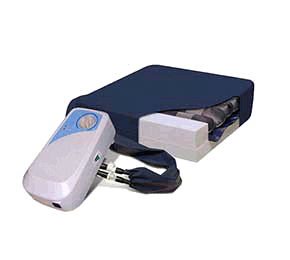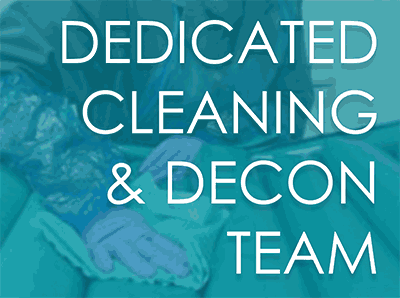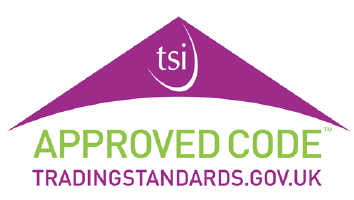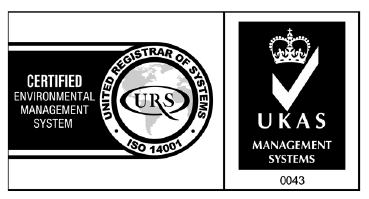 Often when you think about medical equipment that can aid you in the complex job of pressure ulcer prevention and management, you think of pressure redistribution mattresses. Whilst those at risk of developing pressure ulcers, or those with existing pressure ulcers, may spend a considerable amount of time in bed they are certainly not all bed bound. It’s therefore vitally important to consider how seating can help in the prevention and management of pressure ulcers and the role pressure redistribution cushions can play in providing 24hr care.
Often when you think about medical equipment that can aid you in the complex job of pressure ulcer prevention and management, you think of pressure redistribution mattresses. Whilst those at risk of developing pressure ulcers, or those with existing pressure ulcers, may spend a considerable amount of time in bed they are certainly not all bed bound. It’s therefore vitally important to consider how seating can help in the prevention and management of pressure ulcers and the role pressure redistribution cushions can play in providing 24hr care.
Whilst there has been much research into the effectiveness of alternating mattress systems, there has been little such research into seating (1), even though there is an often reported correlation between being seated and pressure ulcers developing (2). In fact, the research that has been done suggests that those who can use seating but are dependent on others to move them are more likely (28.4%) to develop a pressure ulcer than those restricted to bed (18.6%) (2). This research also suggests that they are more likely to suffer from the most severe form of pressure ulcer (4.0% grade 4) (2).
According to the Tissue Viability Society (2) the provision of pressure care cushions should not be solely based on the usual risk assessment tools as these have not been designed to recognise risk in seated individuals. They suggest that those who are seated for long periods should have regular assessments and options to change their seats/cushions if needed. The use of other equipment, such as footstools and baseboards, should also be avoided (2).
Main risk areas whilst seated:
- Ischial tuberosities
- Sacrum
- Trochanter
- Back of the knee
- Bony prominences of the spine
- Scapula
- Heels
Choosing the right cushion
This is not a straightforward process as there are a number of variables that need to be considered such as how long they will be seated for, their ability to self-reposition, how stable they are etc, that can all affect the choice you make (3). However, as there is a recognised correlation between being seated and pressure ulcers developing, a pressure relieving cushion, whether a foam cushion or alternating cushion, can be a useful aid in the management of pressure ulcers.
Further reading and some top tips on seating and pressure ulcers can be found at Wounds International.
Bibliography
1 Nursing Times (2009), Guidelines for seating in pressure ulcer prevention and management [Online]. Available at https://www.nursingtimes.net/guidelines-for-seating-in-pressure-ulcer-prevention-and-management/5000207.article (Accessed 14 Dec 2016).
2 Tissue Viability Society (2009) Seating and pressure ulcers: Clinical practice guideline. Journal of Tissue Viability; 17: 3, 68–75. (Accessed 14 Dec 2016).
3 Wounds International (2015) ‘Ten top tips: seating and pressure ulcer prevention’ [Online]. Available at http://www.wintjournal.com/media/journals/_/1192/files/11-16-moore-and-van-etten-wr.pdf (Accessed 14 Dec 2016).
About the author – Ray Booth
Ray Booth is Research & Innovation Director at Select Medical. He has been involved in the pressure care equipment industry for over 20 years, and has created a wide range of well-designed alternating air pressure mattress systems for use in hospital, hospice and community healthcare sectors.








